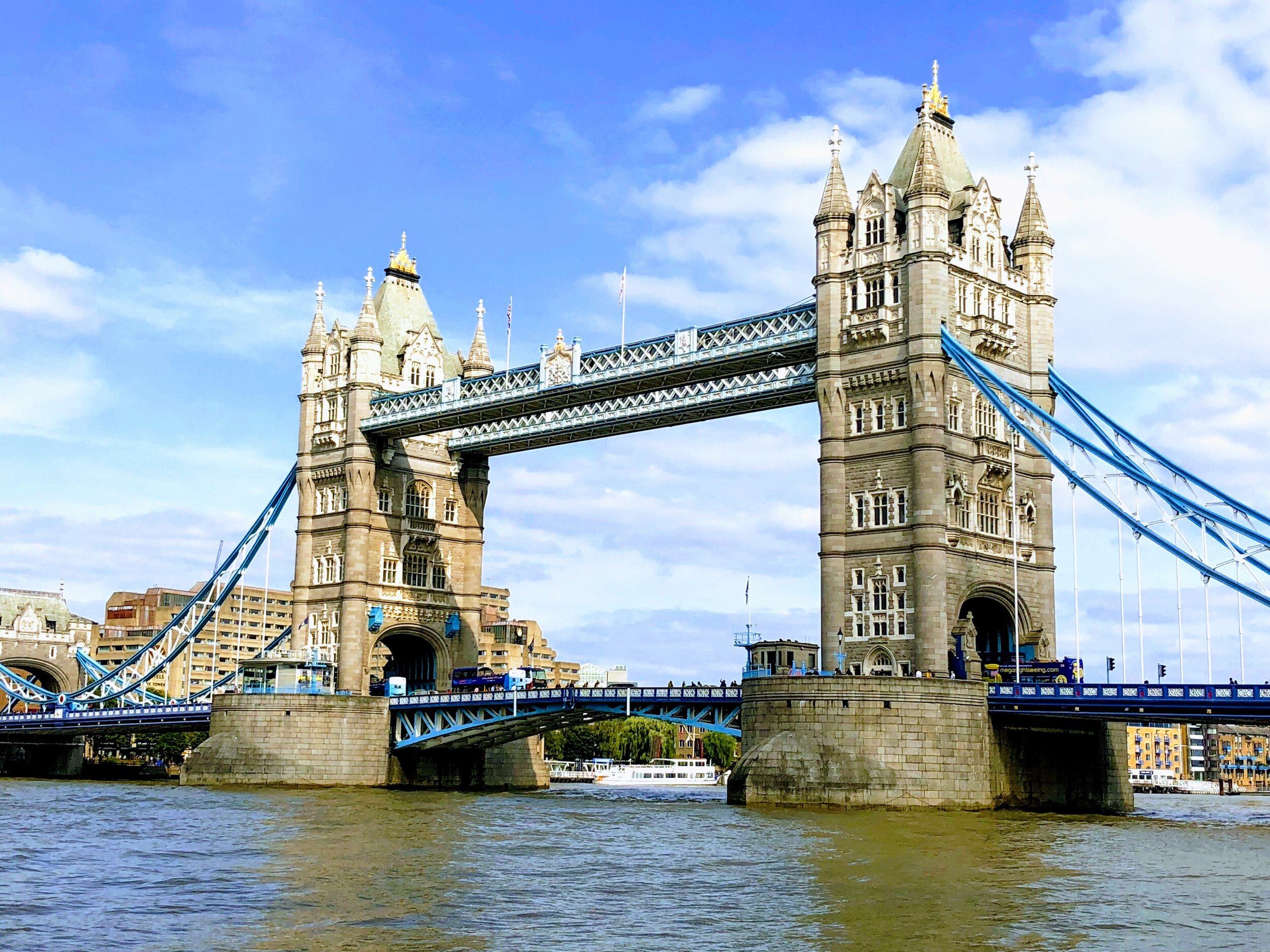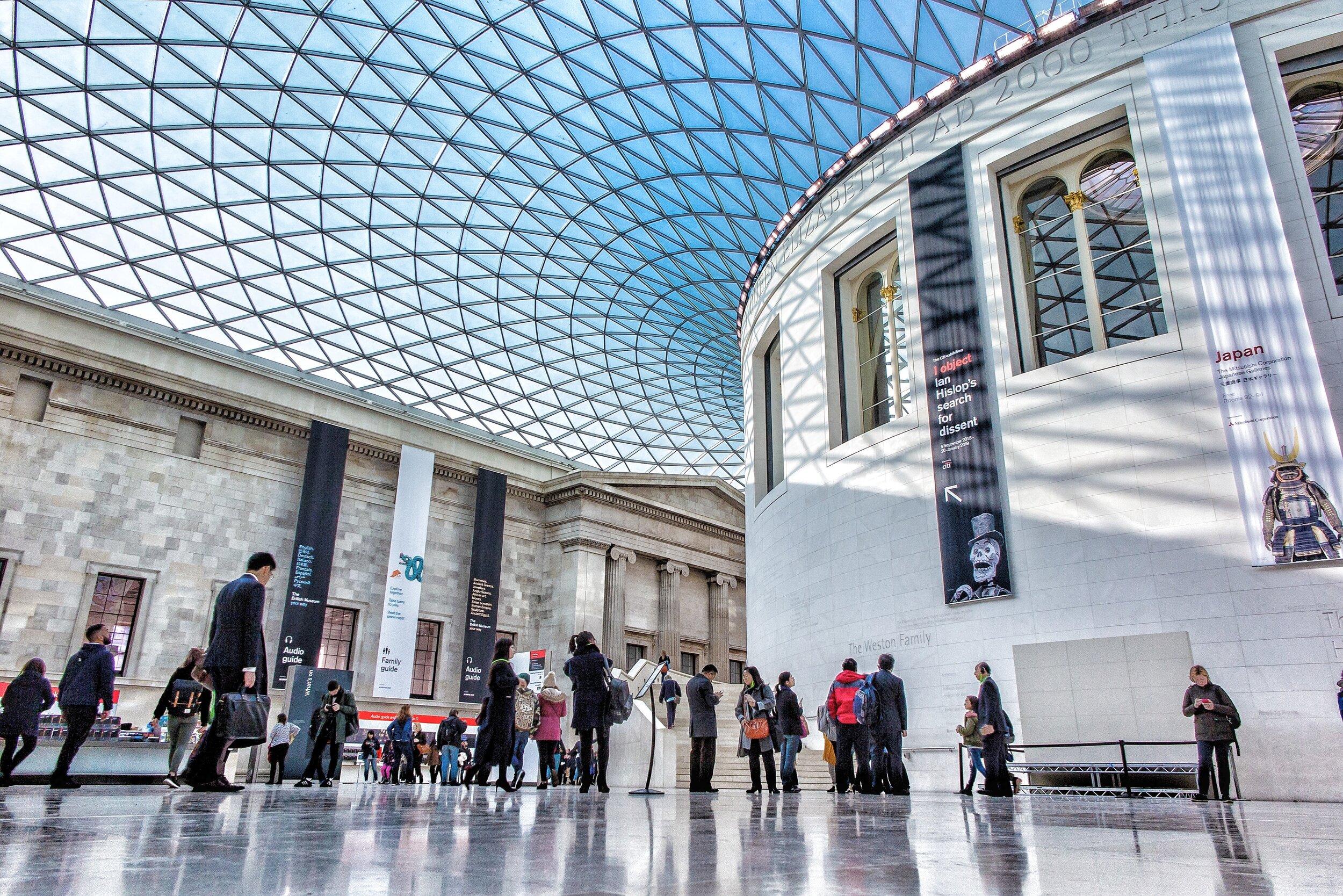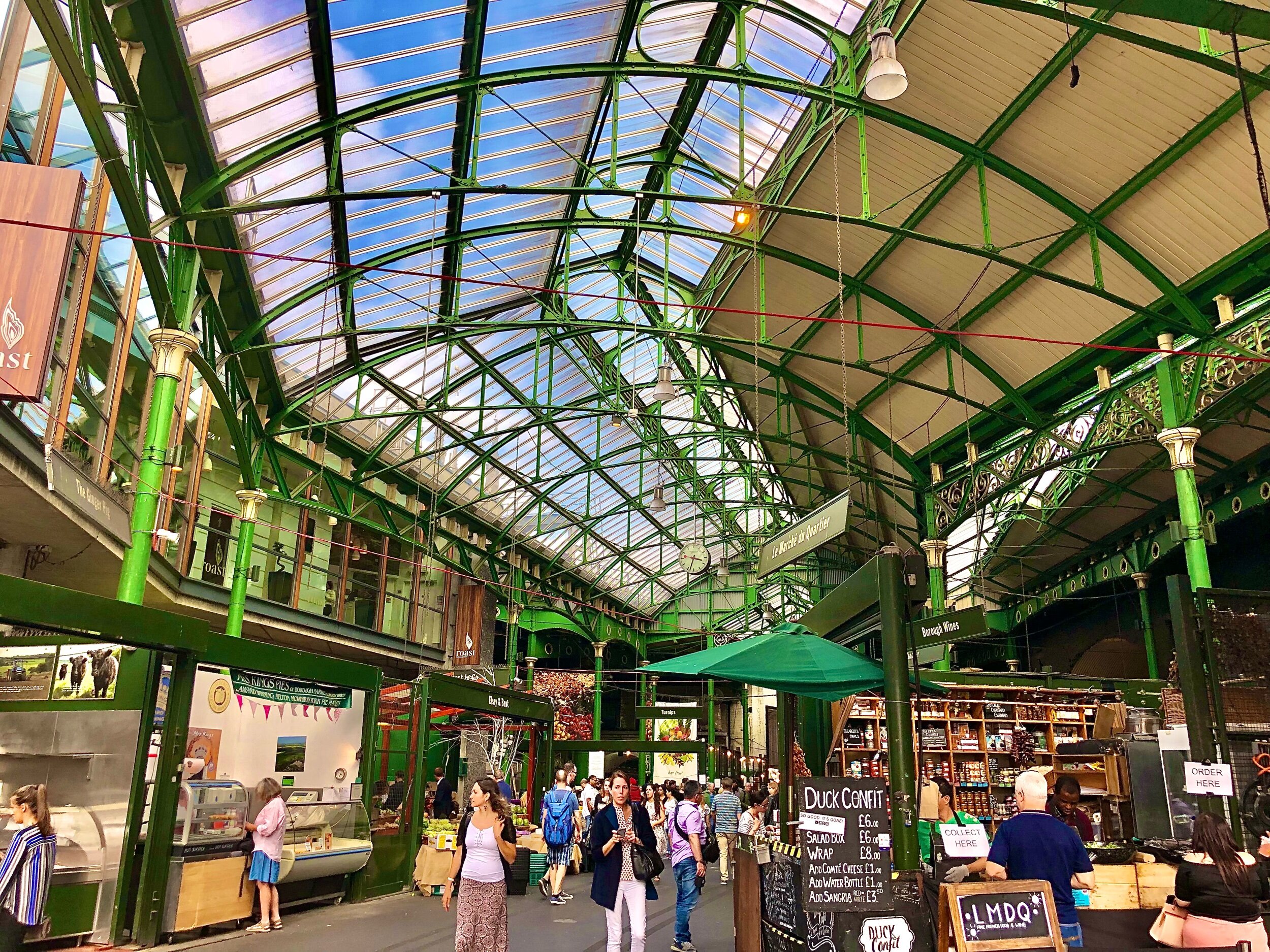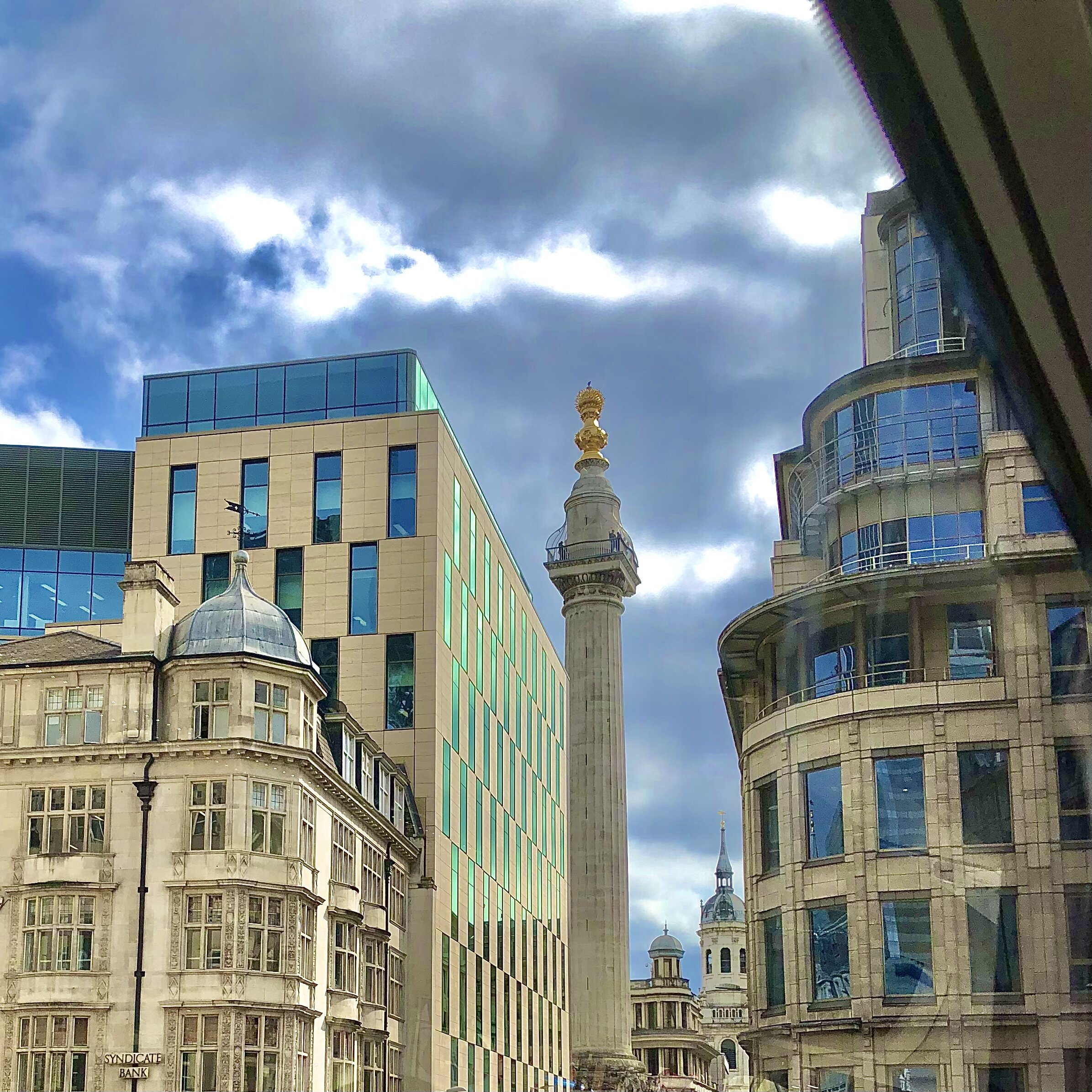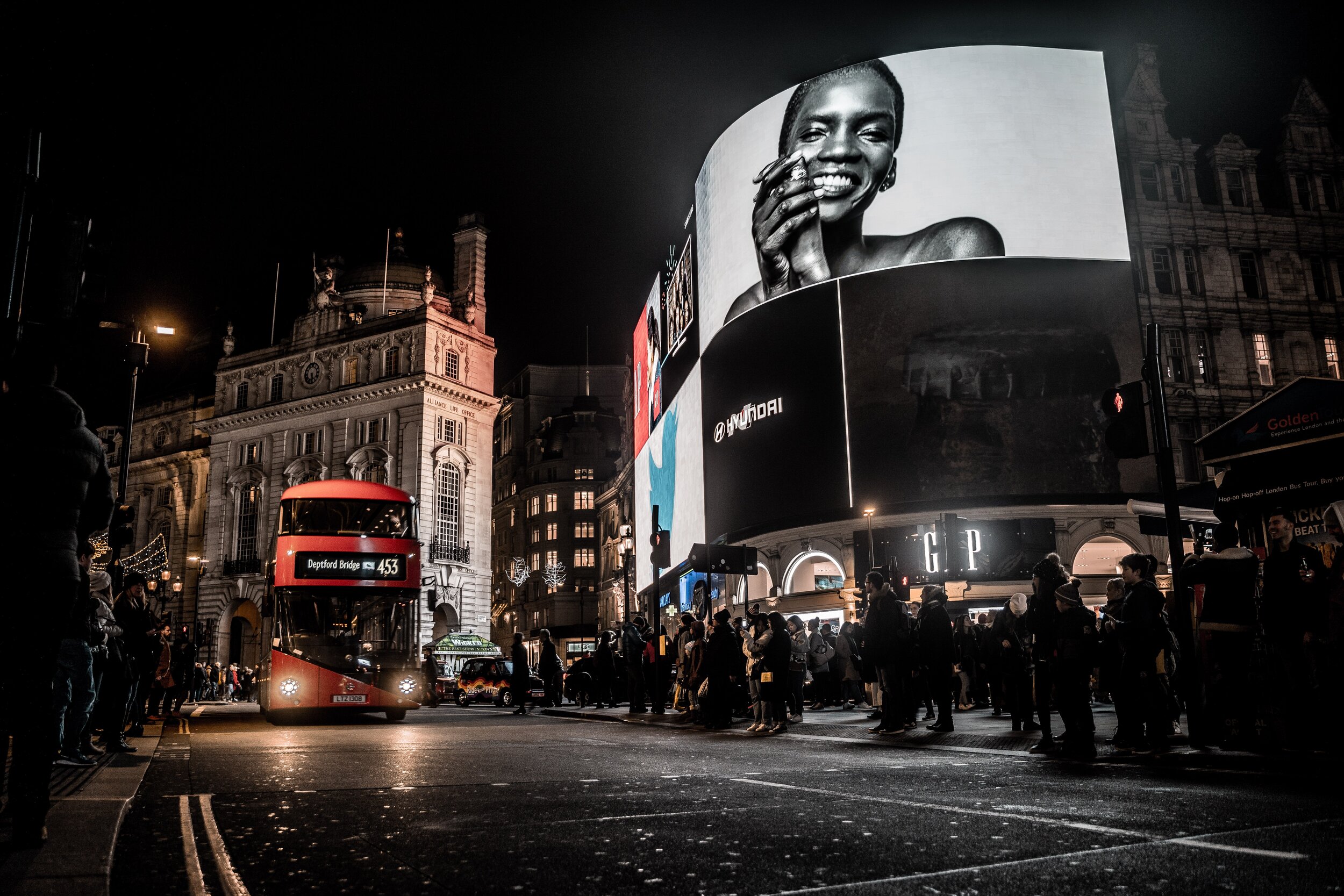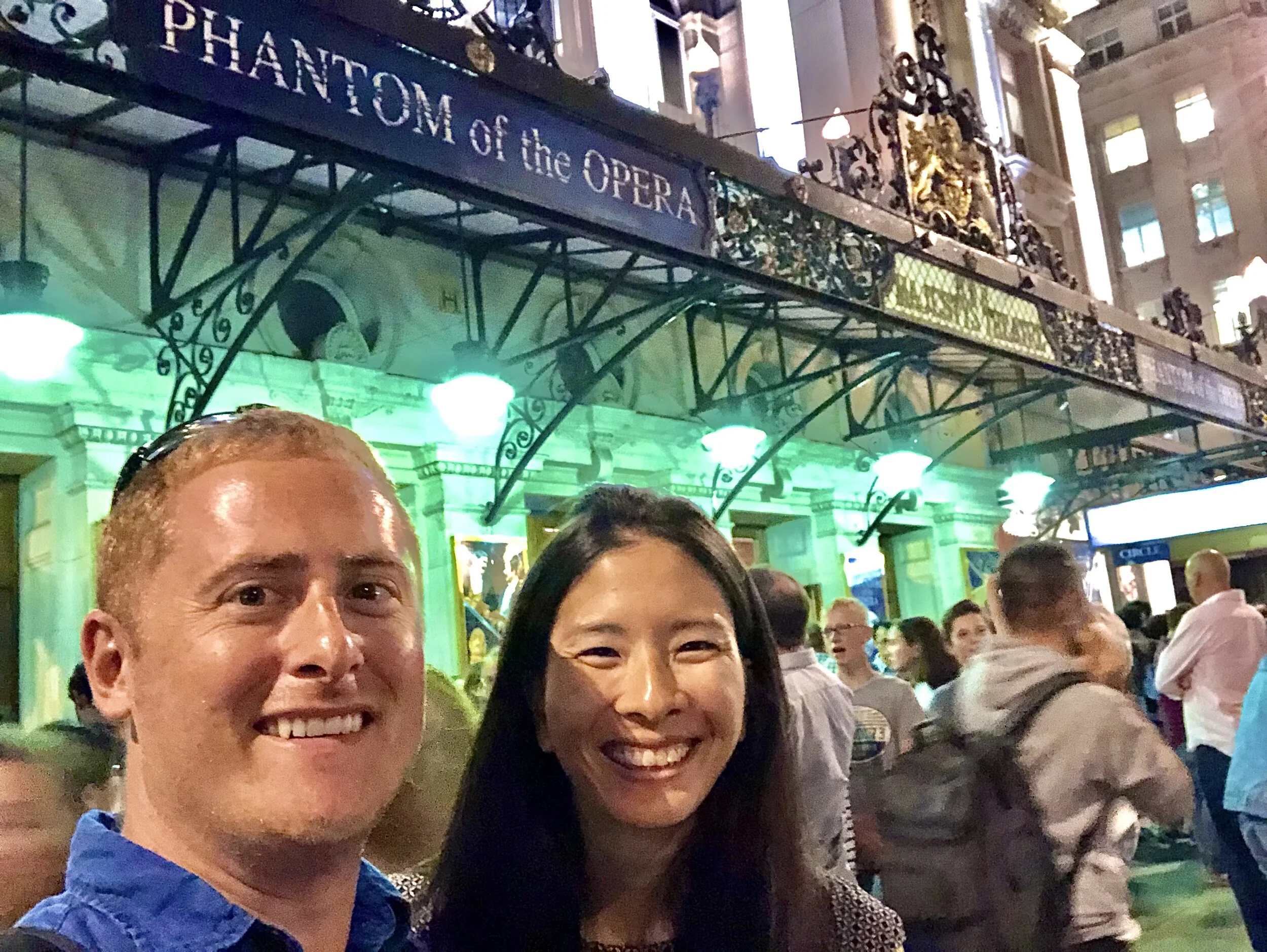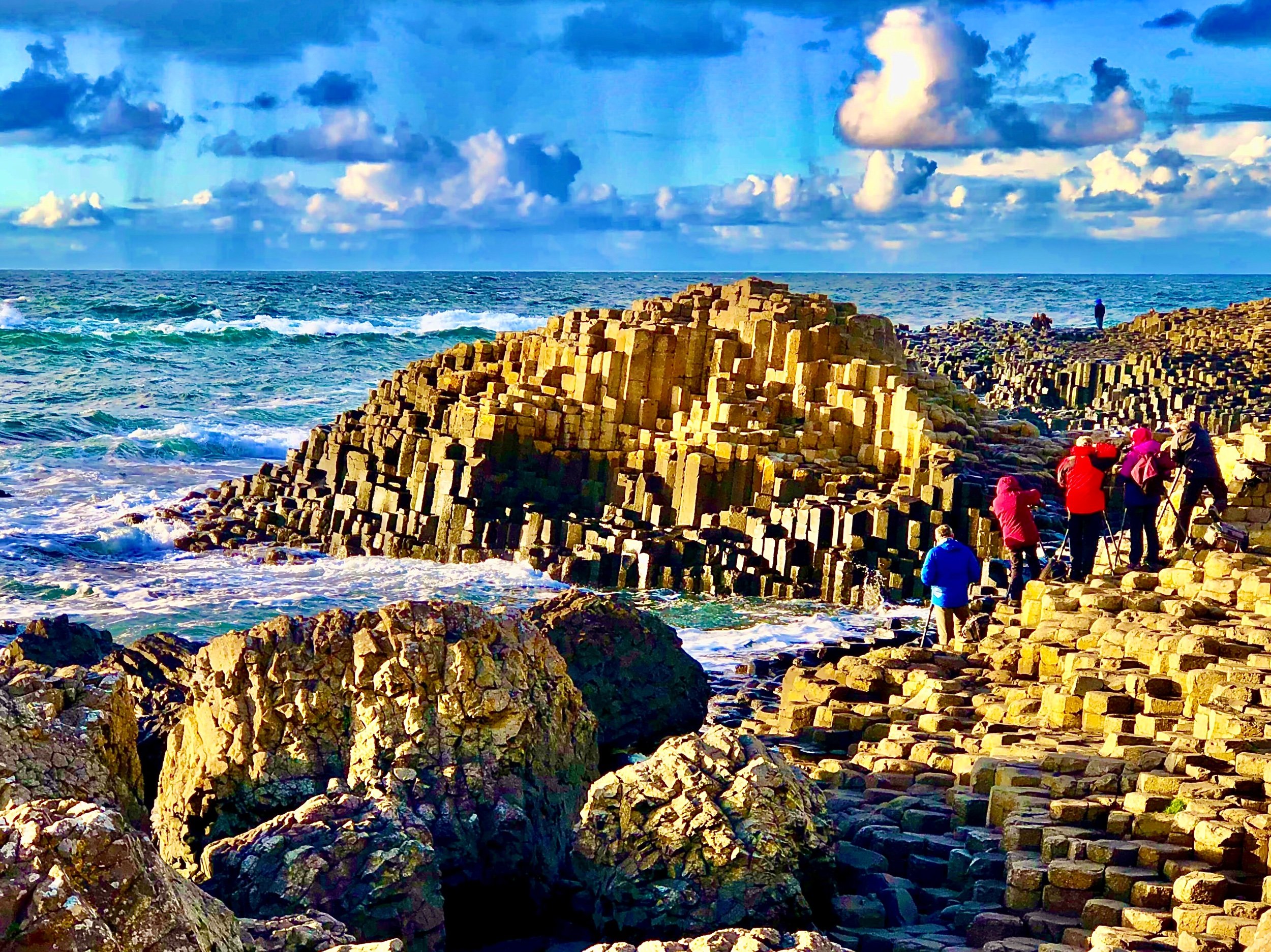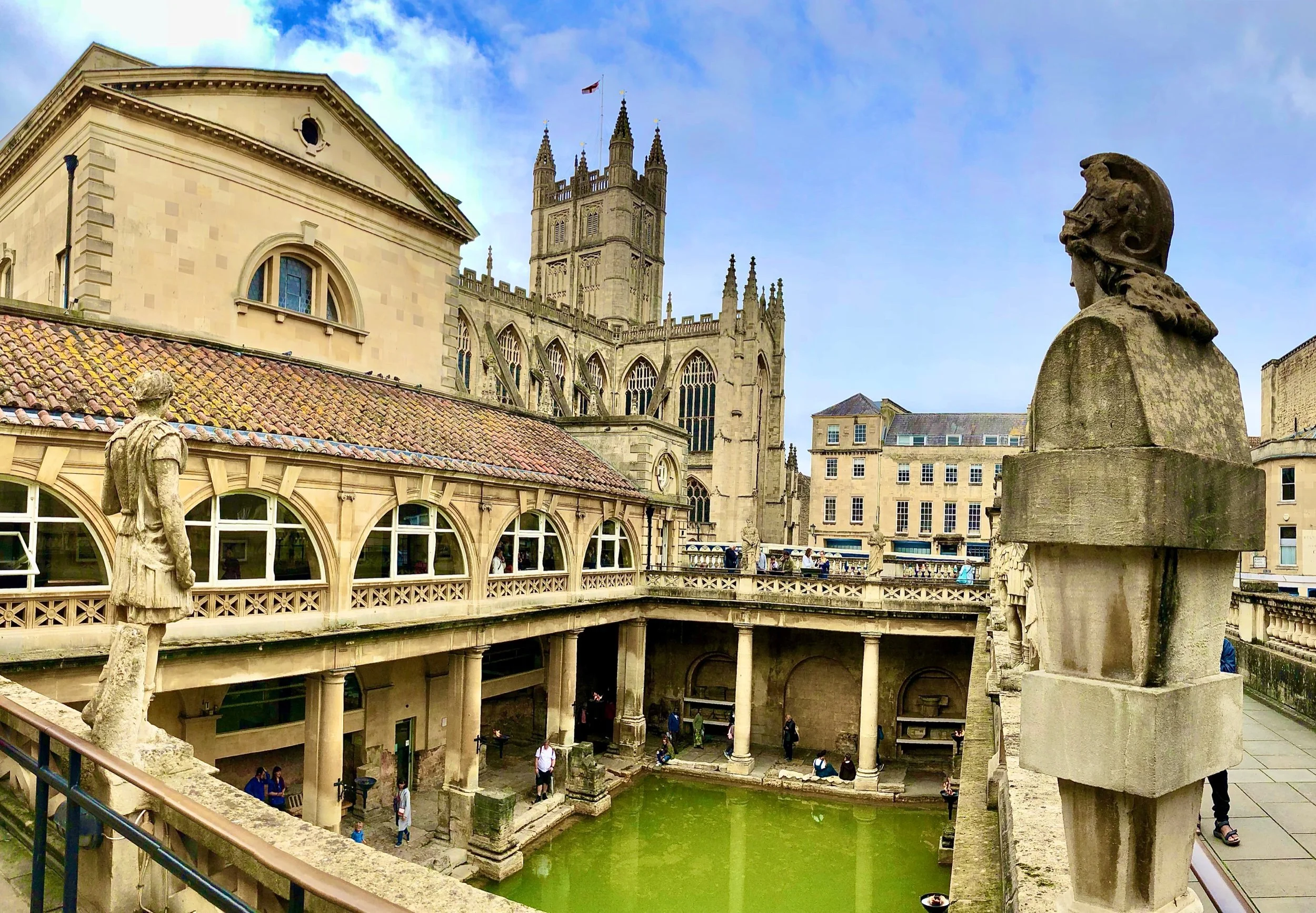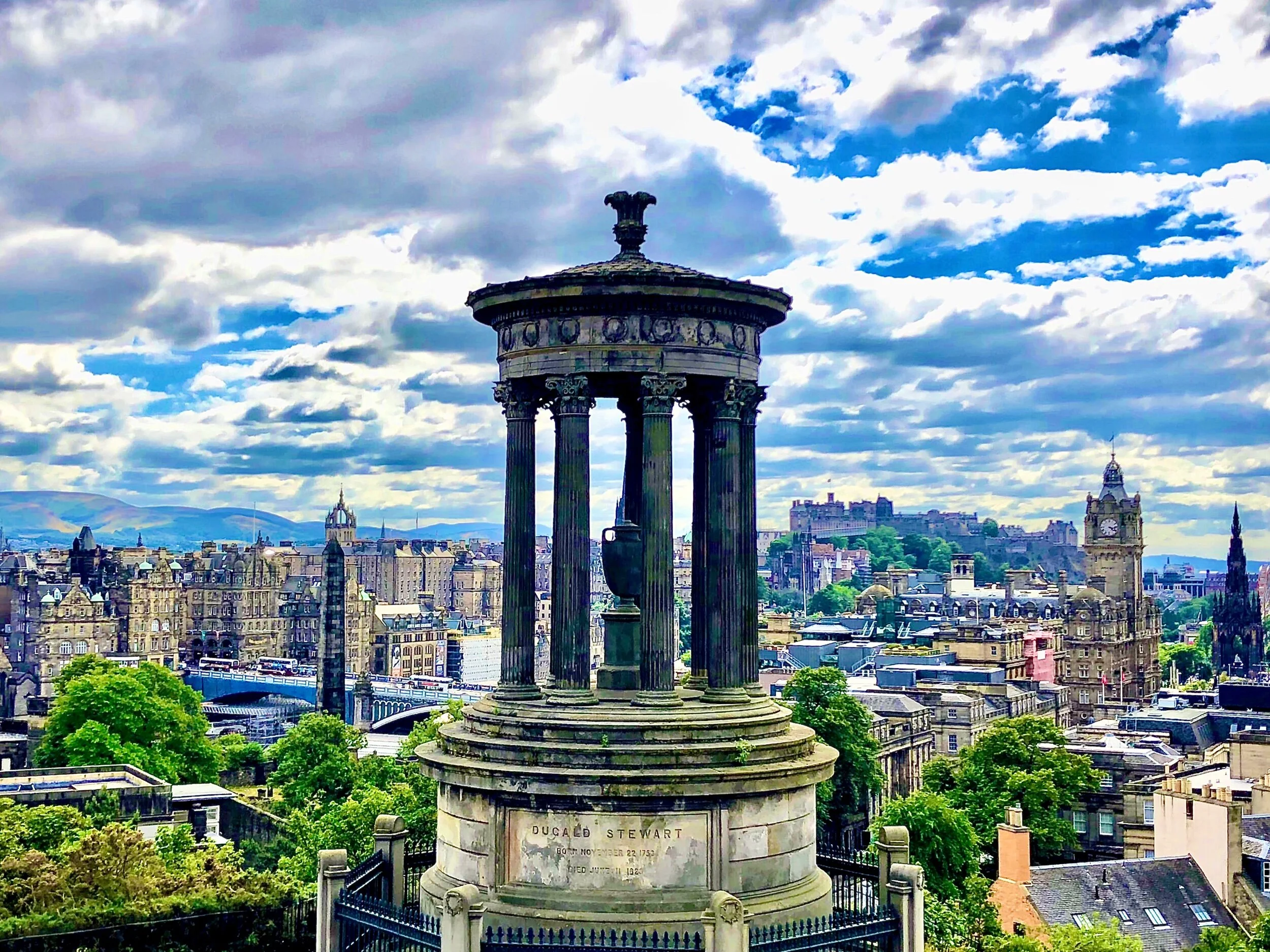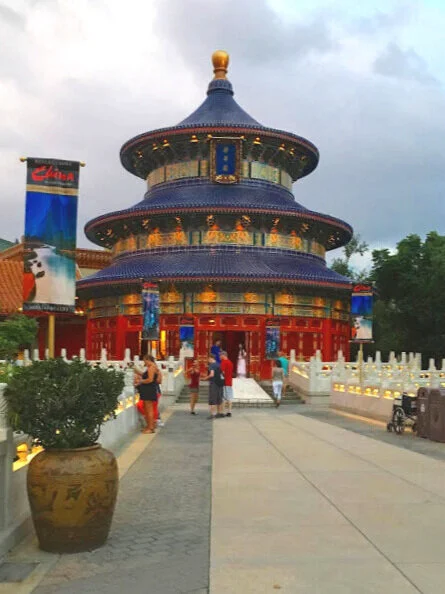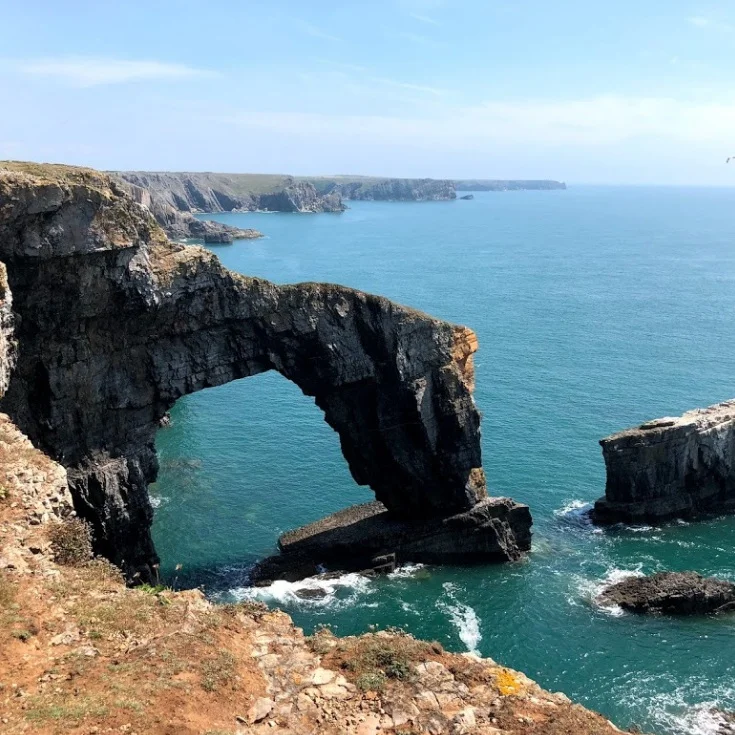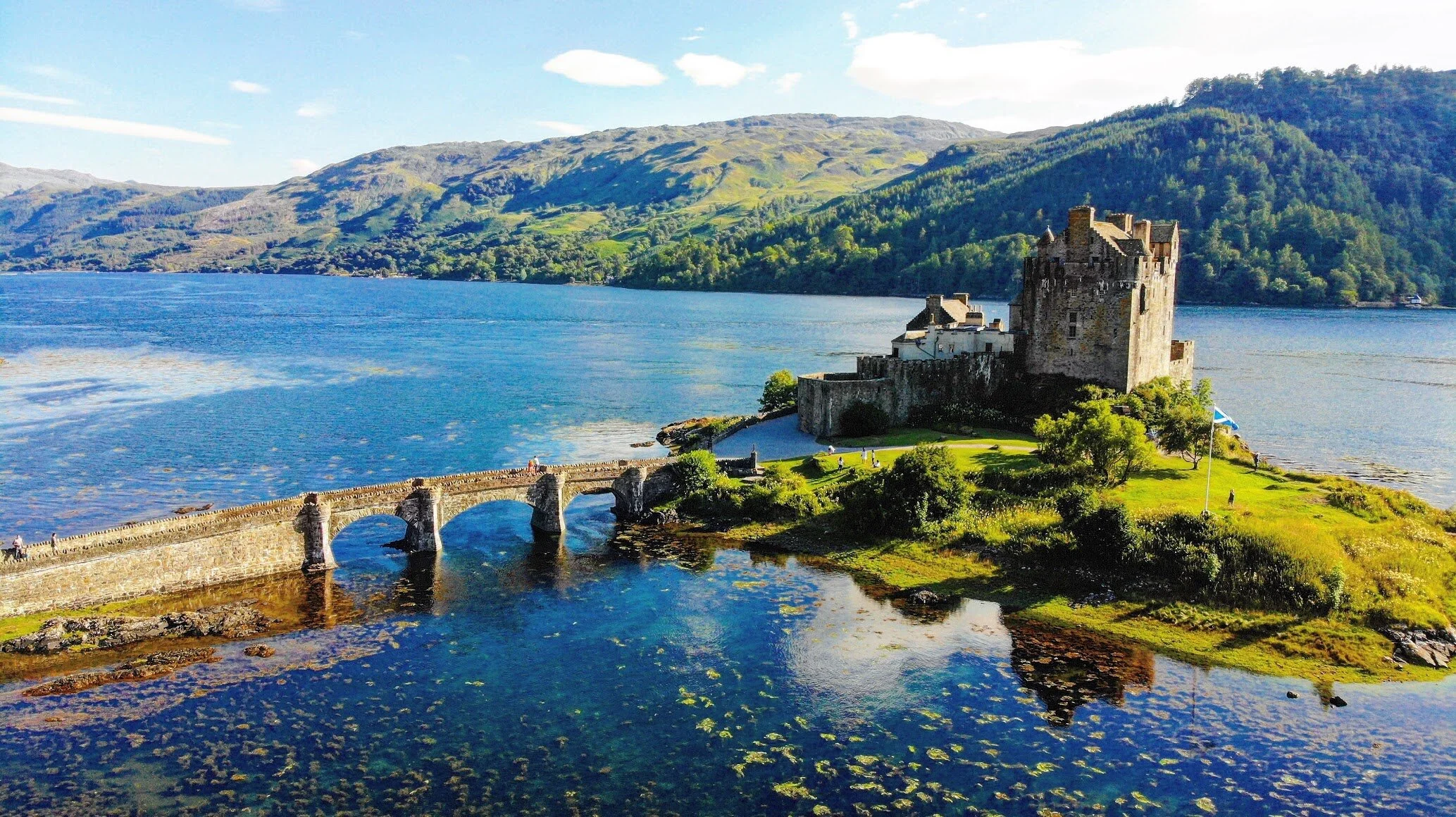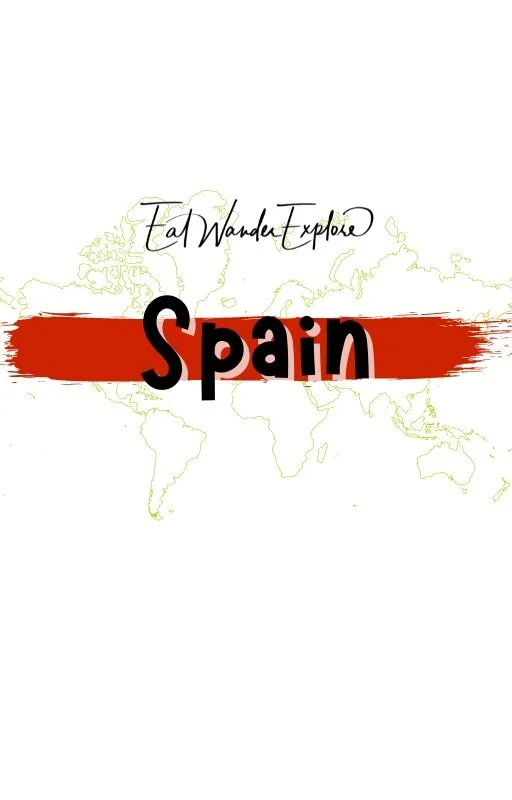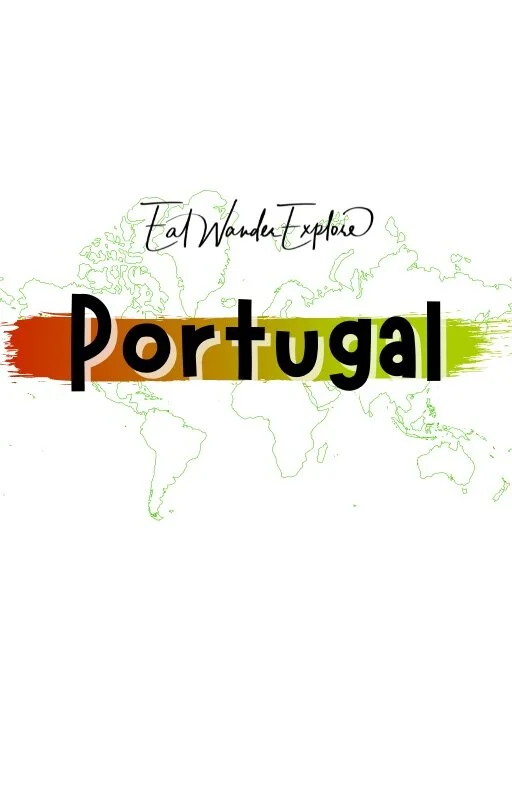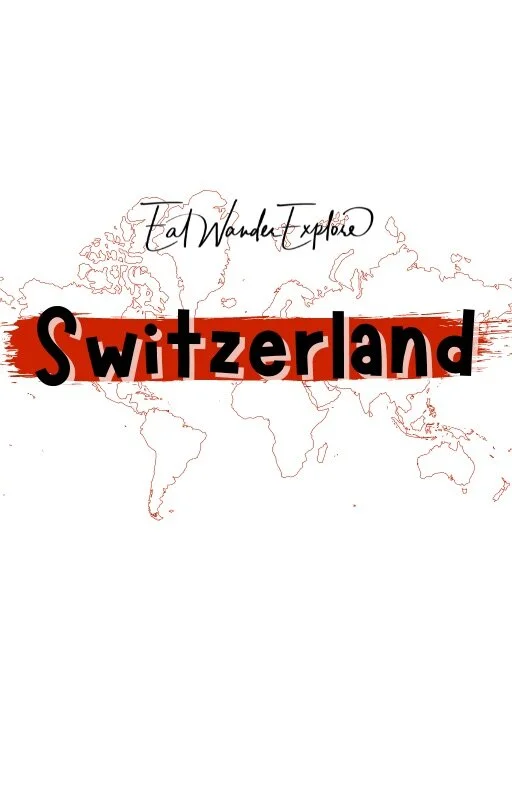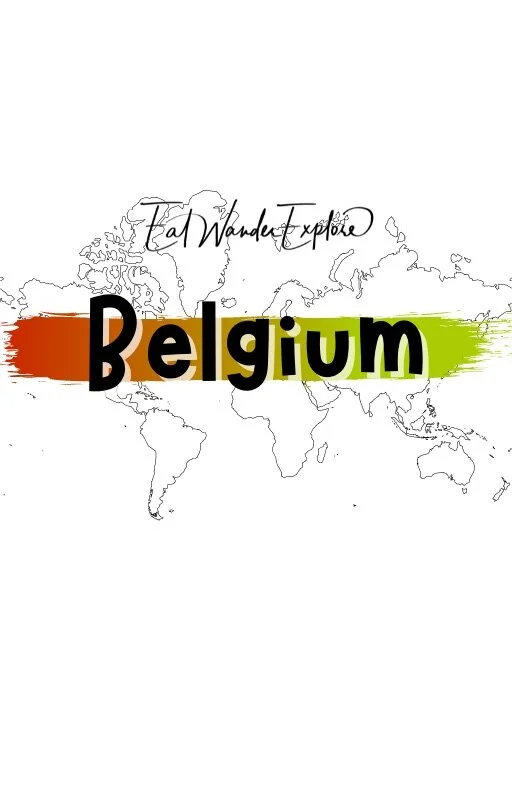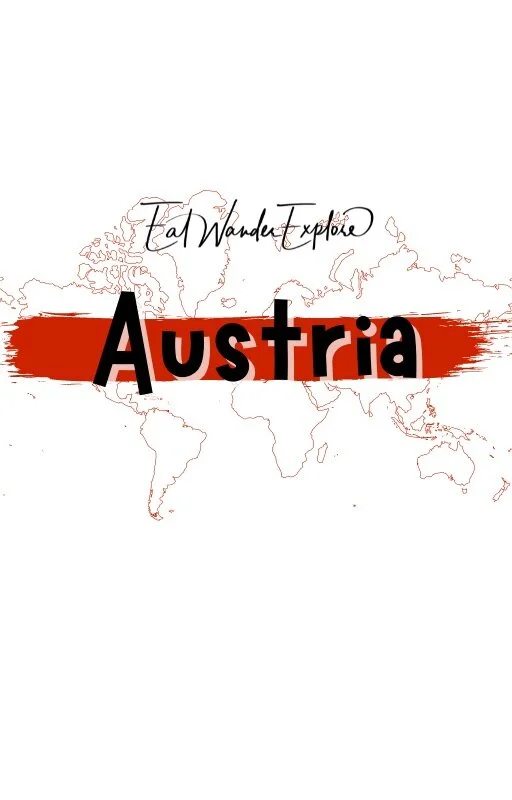At London or In London: Plus the Best Activities to do in London - England
Please note: This post may contain affiliate links. See our disclosure to learn more.
Destinations > Europe > United Kingdom > England > At London or In London: Plus the Best Activities to do in London - England
Other England Articles: Sheffield and the Peak District, Gloucester, Bath, and the Cotswold’s
At London or In London: Plus the Best Activities to do in London
There is an argument between “at London” or “in London” that we bring to a conclusion. Plus, learn about the best activities to do in London, a city rich with history and culture. The hub of the British Empire for centuries, all parts of the world have been brought home to this center of commerce. Established as a Roman outpost around 50 CE, the City of London, along with the nearby City of Westminster, established in the 11th century, and 31 additional boroughs make up the modern metropolitan area that we think of as London.
That much history and real estate takes a bit of time to explore. Let’s look at the best activities to do in London over the course of a few days, centering around the culture, commerce, and royalty the city offers.
Fun Fact: The symbol of the City of London is a Dragon, and statues of them are a typical sighting when crossing over into the city.
“At London” or “In London”
The debate between "at London" and "in London" is rooted in the nuances of English prepositions. Generally, "in" is used to denote that something is located within the boundaries of a city, country, or larger area, suggesting a sense of being enclosed by that location. For example, one would say "I live in London" to indicate residence within the city.
On the other hand, "at" is typically used to refer to a specific point or location, often for a shorter duration of stay or when the location is considered a point along a journey. For instance, "I will meet you at London" could imply a meeting point without suggesting permanence or being surrounded by the city.
In most contexts, "in London" is the preferred usage because it accurately conveys the idea of being within the geographical and cultural confines of the city. "At London" might be less common and could be considered incorrect in standard English, although it might appear in certain idiomatic expressions or historical texts.
The preference for "in London" aligns with the general rules of English prepositions and is supported by common usage patterns. It's also consistent with the way English speakers typically reference being located within other cities and larger areas. Therefore, "in London" is generally the better position when referring to the city in both spoken and written English.
Check out these sources to learn more about this debate:
(1) Is the statement: "London is in the UK" synthetic or analytic?. https://www.reddit.com/r/askphilosophy/comments/ljyj94/is_the_statement_london_is_in_the_uk_synthetic_or/.
(2) British Slang For Argument (7 Examples!) - Foreign Lingo. https://foreignlingo.com/british-slang-for-argument/.
(3) prepositions - "London in England" vs. "London of England" - English .... https://ell.stackexchange.com/questions/194021/london-in-england-vs-london-of-england.
Activities to do in London: Day 1
Northern Westminster, Eastern Kensington & Chelsea, and Southern Camden
To start out our 4-day walk around London, lets get our fill of Harry Potter, a few of the more important museums, the Beatles, Sherlock Holmes, and Kensington Palace.
Harry Potter Hotspots
If you're a Wizarding World fan, like us, you'll want to dive straight into the Harry Potter Filming Locations in London.
Harry Potter fans should consider a Harry Potter Bus Tour, which covers a lot of ground around the city - visiting various sites that appear in the film, showing scenes on the television screen in the bus, and creating that magical atmosphere! That was one of our favorite experiences in London and we definitely recommend it, although there are a number of other Harry Potter Tours that you can choose as well.
The tours often end up at the famous Kings Cross Station and then a stop at The Harry Potter Shop at Platform 9 ¾ is a must. You can even take a day trip out to the Warner Bros Studios for “The Making of Harry Potter tour” there (book tickets FAR IN ADVANCE as they are usually sold out over 3 months ahead of time - we sadly couldn't get a ticket)!
Visitors can also enjoy Pancras Square outside the station, where the beautifully planned square is lined with restaurants and shops. This hotel appears as Kings Cross station in the Harry Potter films, but it's actually a hotel and we recommend staying here for at least a night! The real Kings Cross is just across the street, but slightly less appealing to the Wizarding World.
The British Library
Refreshed, we move north again to The British Library, the largest library in the world. While you need a Readers Pass to access the reading rooms and collections, there are often fascinating exhibits and galleries.
You can also find the original Magna Carta here!
The British Museum
The library used to be part of the nearby British Museum. The first public museum in the world, the collections at the British Museum were acquired throughout the height of the British Empire and are dedicated to tracing all of human history, culture, and art.
If you enjoy comedy, this fun short clip about the British Museum will likely make you laugh!
Grab an expert guide to tell the tale of the British Empire’s conquest around the world for a more immersive experience.
Regents Park & ZSL London Zoo
In a move from fantasy to the natural world Regents Park is just a short distance to the west. A visit to the park can include the beautiful Queen Mary’s Rose Garden and ZSL London Zoo, which was also the filming location for when Harry Potter let a snake out of its enclosure in the first film!
Abbey Road & the Sherlock Holmes Museum
Not far from ZSL London Zoo is the Abbey Road Crossing, made famous by the Beatles. Find your way to this crossing just west of Regents Park for a great photo opportunity! Then, head towards the southwestern end of Regents Park area.
Here you’ll find the Sherlock Holmes Museum, the perfect place for fans of the great detective should stop in and explore. This has a number of rooms set up with familiar scenes from the Sherlock Holmes novels and is quite an interesting adventure for die hard fans. Books and souvenirs are located at the gift shop near the exit.
Just next to the Sherlock Holmes Museum is the London Beatles Store - where you can pick up everything you could think of relating to the Beatles - a must for Beatles fans visiting the city!
See all of the famous Beatles stops in London with the Beatles evening tour of central London.
HIDDEN GEM: As we continue our walk we’ll pass by The Wallace Collection, a free-to-visit international art museum with an incredible collection of masterpieces - from paintings to sculptures, and armor to porcelain. Certainly worth the stop if you are ahead of schedule.
Ottolenghi Belgravia
Foodies around the world will have heard of the iconic Ottolenghi brand. Ottolenghi Belgravia offers a delicious break from sightseeing. Enjoy a lunch at this chic deli with a variety of sweet and savory options that reflect the quality of the famous chef’s establishments.
If you haven't been to an Ottolenghi restaurant, it's time to give this one a try as its in the area. The presentation and flavors of the food and desserts are unquestionably unique and delicious!
Victoria & Alberts Museum
For museum enthusiasts, a trip south of Hyde Park to the Victoria & Albert Museum is a good move. The world’s largest museum of art and design, with both permanent and seasonal exhibitions, the V&A is one of the best places to visit in London.
Grab a passionate history and anthropology major to guide you around this museum to really bring you on a journey through time!
Science Museum London
Just next door, the Science Museum offers natural history exhibits for those more inclined to that type of exploration. There is plenty to explore here - we really enjoyed the space exhibits the most. Included in your admission is a highlights tour that is totally worth it!
However, we should warn you not to try the milkshakes at the upstairs café here as they are made with a single scoop of flavored ice cream blended into a full cup of milk. They aren’t what you might be thinking of for a “milkshake” (as those “mostly ice cream” shakes are known as “thickshakes” in the U.K.).
While the Science Museum is currently closed, you can grab a free virtual tour of the Science Museum that you can view from anywhere!
Prince Albert Memorial
The Albert Memorial, commissioned by Victoria in tribute to her beloved husband, is a touching stop on the way through the Kensington Gardens and toward Kensington Palace - a royal residence located in the gardens.
It is also somewhat of a surprise - we were walking through Kensington Gardens and then suddenly this 176 feet tall memorial appeared - as it is blocked from view down the path by many trees. Its grandeur stopped us in our tracks!
Kensington Palace & the Princess Diana Memorial Fountain
There are State Rooms in Kensington Palace that are open to the public; However, the private areas are the official residences of the Duke and Duchess of Cambridge, the Duke and Duchess of Gloucester, the Duke and Duchess of Kent, and Prince and Princess Michael of Kent when they are in London.
Kensington Palace also has a pond out front that attracts thousands of birds, ducks, geese, and swans. It's a very peaceful place to visit, and potentially an excellent location for a picnic!
While visiting Kensington Gardens, check out the Princess Diana Memorial Fountain with its playful flume.
Activities to do in London: Day 2
Tower Hamlets, River Thames (Northern Southwark), and the “City of London”
For our second day we’re heading to the river. The Thames flows through the city and has been central to the commerce of the city and the whole British Empire.
Tower of London
The Tower of London at the northern end of the bridge gives in to its name. The famous fortress was built in 1078 by William the Conqueror and has been critical to the history of Britain ever since.
The tower, also known as the “White Tower”, is the main attraction in the Fortress of the Tower of London and was originally resented as a symbol of oppression. It is currently the home of the Crown Jewels of the United Kingdom.
Tower Bridge
One of the most recognizable spans of the river is the Tower Bridge. Built in the late 1800s, the combination bascule and suspension bridge has become a symbol of London throughout the world.
What's less well known is that the Bridge House Estates helped fund the construction of this bridge and currently utilizes its City Bridge Trust to pass out around £20m ($26m) annually for charitable causes across Greater London.
Jubilee Gardens River Walk
The Jubilee Gardens River Walk, a.k.a. the “Jubilee Walkway,” is a great way to enjoy the south bank of the Thames. Renovated and reopened in 2012 for the London Olympics, the park provides a connection to nature in the heart of the urban environment.
The Jubilee Walkway stretches from about the Tower Bridge to the Tate Modern and passes through some fairly historical and interesting places – including the HMS Belfast, the Shard, the Borough Market, Shakespeare's Globe, and Millennium Bridge. Definitely worth the stroll!
HMS Belfast
One of the first places that you'll come across asking the river, the HMS Belfast, is a museum ship permanently moored in the Thames, giving a unique view of a slice of the vast naval history of the UK. Ships and the sea have been central to the history of Britain on the world stage.
The Shard & the Golden Hinde
For a view of the City of London and the surrounding metropolitan area, a trip up The Shard is a great idea. The glass-covered, pyramid-shaped building rises 309.6 metres, making the £20 ticket to the viewing platform worth it.
Once you’ve been to the Shard, make your way back up to the Jubilee Walkway and walk past the Golden Hinde, a full-scale replica of the ship Sir Francis Drake used to circumnavigate the world between 1577 and 1580. Then turn south (left) when you reach Stoney Street to have lunch at the Borough Market.
Borough Market
Moving south of the river, a visit to Borough Market, one of the oldest and biggest food markets in London, is a fascinating experience if you love food and eating. The current market opened in 1885 and is home to artisanal food, fresh produce and fish, as well as chef demonstrations and educational programs.
With the abundant assortment of foods here that all smell wonderful, flavors that taste amazing, and ingredients of the highest and freshest quality - its no wonder it ends up on the Secret Food Tour!
You can also find the room that Harry Potter was hidden away in (top window closest to train tracks in photo below) as well as the entrance to the Leaky Cauldron in Harry Potter and the Prisoner of Azkaban (just under the tracks) here!
We know that we'll be staying near Borough Market the next time that we're in London!
After lunch, continue back up to the beautiful Jubilee Riverwalk and then head on towards the Shakespeare Globe.
Shakespeare’s Globe Theatre
No trip the south side of the river is complete without a stop at Shakespeare’s Globe. The open-air theatre is a reconstruction of the playwright’s original theatre, and performances here can take you back in time.
Seeing a performance at the Shakespeare Globe is highly recommended if you're familiar with the style. Also, if your shoes are comfortable enough to stand for up to 3 hours, standing area tickets are as cheap as £6. Personally, we wish that we had bought a seat instead!
Millennium Bridge
The Millennium Bridge is a footbridge by the theatre that links Bankside in the south with the City of London in the north. It originally closed just two days after opening and remained closed for 20 months to fix an issue that caused it to sway. It no longer sways.
If you’re interested in learning more about the Millennium Bridge, check out this page for more information.
St Paul’s Cathedral
Just north of the bridge is St Paul's Cathedral. When the original Cathedral burned down in the Great Fire of London, "RESVRGAM" was found on a piece of stone in the wreckage, meaning "I Will Rise Again". Christopher Wren, the architect of the new St. Paul's at the time, saw it fitting to emblazon the word upon the south entrance with the figure of a phoenix.
In Greek Mythology - and in Harry Potter - the Phoenix is a bird with the ability to regenerate, or rebirth, after its own death. Fans will also want to take a tour inside the Cathedral to see the Geometric Staircase, known as the Divination Stairwell in the Wizarding World, as it's another filming location for a familiar Hogwarts scene!
Bank of England Museum
While we’re in the City, a visit to the Bank of England Museum offers a fascinating glimpse into the commercial history of Britain, with records and artifacts from its founding in 1694 to now.
See bank notes, historic photographs and records, an Alan Turing exhibit featuring the new £50 note, an art collection, and a “Noteworthy Women” exhibit.
It is free to enter and everything is on one level so it poses no problems with accessibility.
Leadenhall Market & Lloyd's of London
The nearby Leadenhall Market is another piece of commercial history – another of London’s oldest markets. It was originally a meat and game market, although the modern market has shops selling everything from cheese to clothes.
The ornate architecture has been featured in several films, including the Harry Potter films for Diagon Ally. You may recognize some spots that Hagrid showed to Harry Potter on his shopping trips.
HIDDEN GEM: Across the street from the market is Lloyd's of London, one of Britain’s oldest financial institutions, even older than the Bank of England. It is an oddity of an insurance consortium that has the ability to insure even the most unique things - such as an actors hand or a custom one-of-a-kind vessel - with an extraordinary exterior archetecture, a building built inside-out. The history is fascinating!
Monument of the Great Fire of London
After the fire destroyed much of London, the Monument of the Great Fire of London was designed by Christopher Wren. For another perspective of the City of London, stop by and climb the spiral staircase to the top - although it is fenced up top to prevent falls.
Christopher Wren also redesigned other structures after the Great Fire, including St Paul's Cathedral and 51 other Churches. He was also the architect of the famous Sheldonian Theatre in Oxford.
ONE FINAL STOP? This stop can end our second day, or we would recommend grabbing some dinner and then heading over to the Jack the Ripper Museum or doing a ghost tour (see recommendations in Day 4 below).
Activities to do in London: Day 3
South & Southeastern Westminster
Having seen some of the cultural and commercial sites of the city, on our third day we’re going to take in some of the royal sites.
Buckingham Palace
Perhaps most royal of these is Buckingham Palace, the official London residence of the monarch of the UK, Queen Elizabeth II, and her administrative headquarters.
The large pillar in front of Buckingham Palace has a number of carved pieces, including "Motherhood". Near the base of this pillar is another statue of a Lion with "Manufacture”. The gold-looking piece on the top of the pillar is actually a gilded bronze “Winged Victory”. This memorial stands at 82 ft tall, making it the tallest monument to any King or Queen in England.
Changing of the Guard
While the public rooms of the palace are only open at limited times of the year, the Changing of the Guard has a much more regular schedule. Check for the dates and times when you’re there, so you don’t miss this fascinating ceremony.
The Changing of the Guard is a longer ceremony than we had expected, but it was certainly an interesting one. However, the logistics upon exiting the area afterward left a bit to be desired.
St. James’s Park
St. James's Park is a historic royal park to the east of Buckingham Palace, between the palace and the Horse Guards Parade and 10 Downing Street, the home of the Prime Minister, with a small, beautiful lake down the center of the park.
The Wellington Arch
The royal parks continue with Green park, where you can visit the Wellington Arch, a triumphal arch dedicated to the great general’s victories during the Napoleonic wars.
It's a delightfully peaceful and scenic walk around the St James Park and Green Park area. Near the Wellington Arc is also the Australian and New Zealand war memorials as well as the Bomber Command memorial.
Piccadilly Circus
Piccadilly Circus, one of the city’s major road junctions, is surrounded by several theatres, shops and nightclubs, and is also a famous tourist destination and meeting place here in the West End.
Although, it is quite important to watch for pick-pockets in this area as we've seen a couple unsuspecting victims attempt to chase after these athletic thieves!
Her Majesty’s Theatre & The Phantom of the Opera
Originally opening in 1705, Her Majesty's Theatre has been showing The Phantom of the Opera since 1986, making it the second longest running musical in London. The theatre is a fixture in the West End, an area known for theatre and the arts.
The show itself is quite amazing to see in person, although we recommend reserving seats in advance to get the best spots.
London’s Chinatown
Just down from Piccadilly Circus is London’s Chinatown. After the Blitz in WWII destroyed the original Chinatown in the East End, the area in and around Gerrard Street was built up in the 1970s with Chinese restaurants, shops, and other Chinese-run businesses.
We actually found an amazing Japanese restaurant here, called Tokyo Diner, and enjoyed some Udon and Gyu Don.
Covent Garden
At the eastern edge of the West End, we come to Covent Garden. The area is named for what it used to be – a fruit and flower market next to the Royal Opera House. It is still a center for shopping and restaurants.
You may also be interested in knowing that the pub style in Covent Garden was used to inspire the design of the pub at the U.K. Pavilion at Walt Disney World’s EPCOT theme park in Orlando, Florida.
St. Martin-in-the-Fields & the Café in the Crypt
As you approach Trafalgar Square from the northwest, you'll come upon St. Martin-in-the-Fields church which has a hidden treasure. The Cafe, in the Crypt of the church, is a great spot to get a snack and a drink.
Trafalgar Square & the National Gallery
A visit to Trafalgar Square is a necessary stop as its another one of the top iconic spots of London. With the various commemorative statues and sculptures, the square is an outdoor art exhibition.
Facing Trafalgar Square, The National Gallery takes visitors through the development of Western art with its focused collection.
Depending on which road you take away from Trafalgar Square, you could end up in St. James Park & the Buckingham Palace, back up to Piccadilly Circus and the theater district, Covent Garden, or near Westminster Abbey, the Houses of Parliament and Big Ben. We'll take the latter route.
Churchill War Rooms
Across Birdcage Walk next to St. James Park, history buffs will want to make a stop at the Churchill War Rooms where they can check out the biographical exhibits and the Cabinet War Rooms of the influential minister.
These are the rooms where Churchill organized the English operations against the Nazi regime during World War 2. It is important to note that the Nazi regime wasn’t a fringe extremist group, it was a Political Party in Germany that had the support of over 50 percent of the German population at the time, many of whom saw its leader, Adolf Hitler, as a savior to Germany - bringing it back to its glory days. It is important to remember this fact to prevent it from ever occurring again!
“By September 1923, four billion German marks had the equal value of one American dollar. Consumers needed a wheelbarrow to carry enough paper money to buy a loaf of bread.” (The National World War II Museum)
“… most Germans came, after January 1933, to support Hitler because of their belief that he had brought to an end the hardships of the Great Depression and the humiliations which the country had suffered at Versailles [as repercussions at the end of the first World War].” (University at Albany)
Westminster Abbey
Not far south of the Churchill War Rooms is Westminster Abbey, the church of the monarchs of the kingdom. Witness to much of British history, the church is also the final resting place of over 3300 people, with memorials to even more.
Big Ben & the Palace of Westminster
Across from the Abbey is the Palace of Westminster where the country’s parliament meets, as well as the iconic bell tower which rises over it - often called Big Ben for the bell inside. The tower is one of the primary symbols of the United Kingdom.
London Eye
Across the Westminster Bridge from Big Ben, the London Eye is the world's tallest Ferris wheel, and gives a lovely view of the Palace, Abbey, and the rest of Westminster.
Catch the city from above, and an amazing photograph of Big Ben and the Houses of Parliament, with a standard ticket on this amazing Ferris wheel.
Activities to do in London: Day 4
These past few days have been jam-packed, so on day four you could explore something you didn’t get to take as much time with as you would have liked on your first visit. Another option would be to dive deeper into how your own interests connect to the city and take a related tour – there are tons of specialty tours, both with guides and self-guided, to suit your travel style.
Hampstead Heath - The Great Outdoors
If you’re tired of the urban environment, take a quick jaunt to Hampstead in north London and enjoy a slice of the great outdoors. Hampstead Heath is a huge public space with rambling hills, woods, ponds, sporting areas, and even an example of an English stately home, Kenwood House.
London Tours
Ghost Tours
One of the most popular types of themed tour is a ghost tour (or a ghost bus tour), and in a city as old as London, there are a lot of ghosts - and even dungeons - to choose from. Or opt for the creepy side of life and death with the Jack the Ripper tour, following the path of the famous serial killer.
Jack the Ripper Museum
If the City of London was an emblem of the country’s wealth, the East End next door historically showed a different view. The Jack the Ripper Museum gives visitors a view into the opposite end of the economic spectrum, with exhibits dedicated to the impoverished women the famous serial killer preyed on.
Try the Jack the Ripper tour with “Ripper-Vision” for a complete immersive experience that’ll really have you on the edge!
Pub Crawls
If you prefer a bit a Dutch courage before facing some of the darker sides of life, maybe a pub crawl exploring the historic establishments of the city is for you. Or a literary tour highlighting the life and works of famous novelists, poets, and playwrights. You can always combine the two for one of London’s literary pub crawls.
Literary & Architectural Tours
For those with narrower literary tastes, there are several writer and character tours. Trace the footsteps of Sherlock Holmes or Hercule Poirot, Shakespeare or Charles Dickens. But if the written word is not your thing, perhaps you’d like an architectural tour of London. With buildings from the Tudor times through today, there is no shortage of styles and elements of interest to catch attention throughout the city.
Science-centered Tours
With all the culture and art on display throughout the city an aspect of London that’s often overlooked is the city’s contributions to science, medicine, and invention. Besides the Science Museum, there are several science-centered tours - like the Natural History Museum - that take you to key points of interest to those of a scientific bent.
Mudlarking Tours
For a more hands-on (though maybe a bit messy) look at London’s history, a mudlarking tour might be for you. Explore the banks of the Thames at low tides to see what gems and junk the surging waters have left behind. But don’t forget the mud part – you’ll probably want a bath when you’re done with this messy fun!
Culinary Tours
One of the best ways to get to know a place is through its food. Taking a culinary tour of London could give you an insight into the heart of the city – which we all know is through the stomach! There are a variety of cuisine options and price points on offer when it comes to foodie tours - such as the Maltby Street Market or Canary Wharf.
Maltby Street Market
An example of modern commerce, the Maltby Street Market was created in 2009, as an offshoot of the Borough Market and is a great place to grab a meal from one of the gourmet street food vendors offering a wide range of local and international options up and down the historic street.
Canary Wharf
Canary Wharf, located on the West India Dock on the Isle of Dogs in the Thames, is a secondary financial district. An active dock from 1802 through the 1960s, the modern wharf had been rebuilt and revitalized with apartment buildings, shops, restaurants, and exhibitions celebrating the history of the area. There’s even a speedboat experience here!
Victoria Coach Station - One Last Stop
With all this on offer, London truly has something of interest for everyone. This historic city has seen it all and can’t wait to share it with you.
Once you're ready to explore more of the UK, it might be time to head off to Heathrow Airport to catch a flight, Kings Cross Station to grab a train, or Victoria Coach Station to catch an affordable bus.
Both times that we arrived in London, after our flight in from Austria in order to head out to Sheffield and the Peak District and then on our return from Gloucester and the Cotswold’s to explore London itself, we ended up at the bus terminal at Victoria Coach Station. Thus, it is a great final spot to mention anyone’s trip to London!
Victoria Coach Station
A great place to end for visitors to London is the Victoria Coach Station, the terminus of the Airport Bus Express line. This beautiful Art Deco building is the starting point for many of the tours extending outside of London, as well.
Alternatively, you can also grab a train at King’s Cross Station that can bring you all the way up to Edinburgh, Scotland (only about an 8 minute Underground “Tube” ride on the Victoria Line, or opt for one of London’s famous Black Cat taxis). Safe Travels!
NOTE: If this is your arrival point in London, try this itinerary in reverse! The coach station has luggage services if you arrive before check in times at your accommodation and want to dive right into your London experience.
FAQ’s
What are some budget-friendly accommodation options in the major areas of London covered in the itinerary?
Consider budget-friendly choices like hostels or guesthouses in areas like Westminster or Southwark. Websites like Hostelworld or Airbnb offer a range of prices that can fit tighter budgets, and staying close to the major areas can save on transportation costs.
Are there any recommended places to eat that capture the local flavor in these major areas of London?
For those looking to savor local flavors, Borough Market in Southwark is a must-visit for food enthusiasts. It offers a variety of fresh, local produce and artisanal foods. For traditional British fare, pubs like The Mayflower in Rotherhithe or The Grenadier in Belgravia serve classic dishes in a cozy setting.
How can visitors navigate between the major areas mentioned in the itinerary using public transport?
London's public transport system is efficient and user-friendly. The London Underground, commonly known as the Tube, connects all the major areas mentioned. Visitors can use an Oyster card or contactless payment for convenient travel, and apps like Citymapper provide real-time transit updates and route planning.
(1) London Itinerary 4 Days: The Major Areas - England. https://eatwanderexplore.com/blog/london-itinerary-4-days-the-major-areas-england.
(2) Exploring England - Blogs about England - REmotiFIRE by EatWanderExplore. https://eatwanderexplore.com/guides/england.
(3) 4 Days in London: Itinerary + Local’s Guide (2024). https://theportablewife.com/travel/destinations/london-itinerary-4-days/.
(4) 5 Days in London: The Ultimate London Itinerary - Earth Trekkers. https://www.earthtrekkers.com/5-days-ultimate-london-itinerary/.
Thank you VERY much for reading our article. We actually created this website to help people reach financial independence. Did you know that by having a remote job and traveling endlessly, or living in a country that has low costs of living, you can actually reach retirement quicker? Plus, retirement abroad is up to 75 percent cheaper as well! Learn more by exploring our website: EatWanderExplore and REmotiFIRE.
See our Thank You page to sign up for our free weekly newsletter - you’ll receive only 1 email per week letting you know about our latest travel articles, remote-work life, and amazingly affordable destinations!
Found this post useful? Buy us a coffee to help support this site’s running costs OR share this article with a friend.
